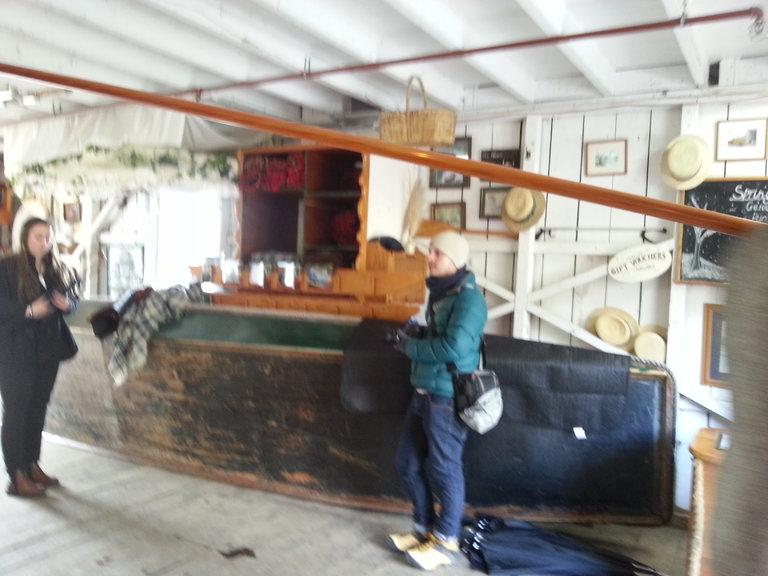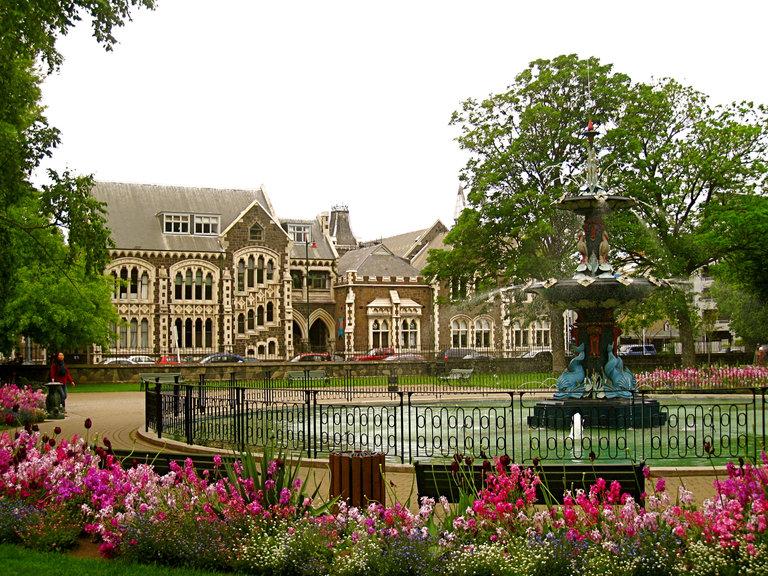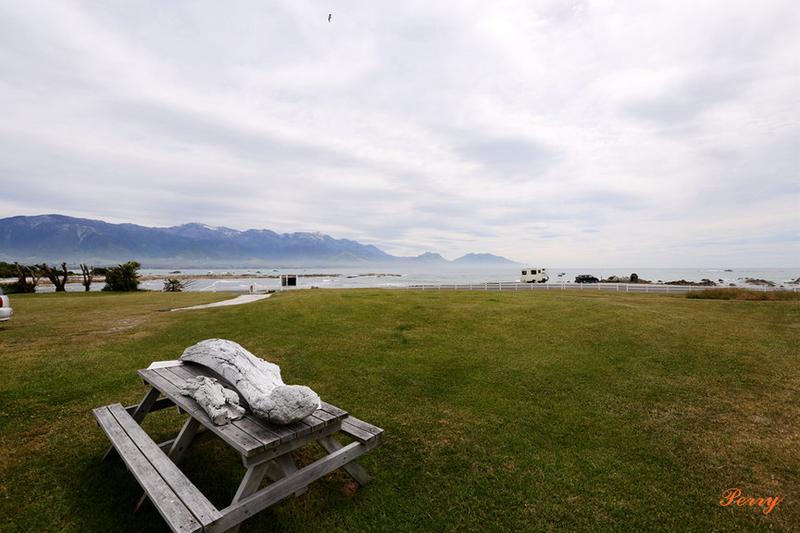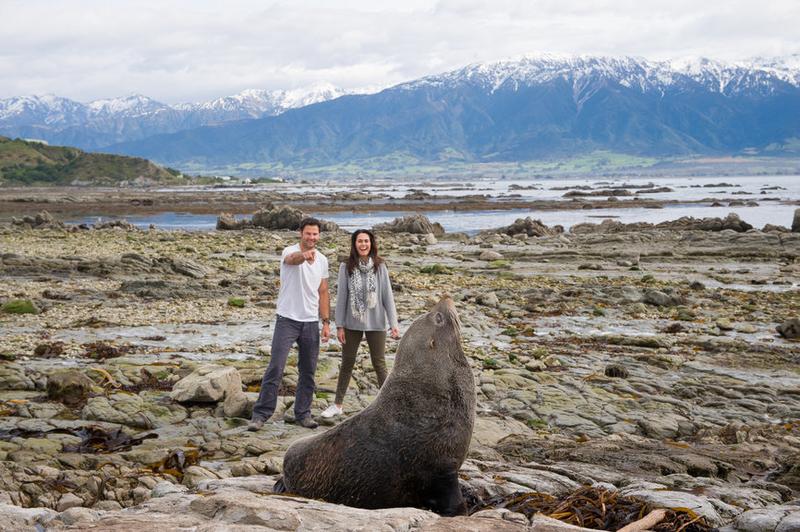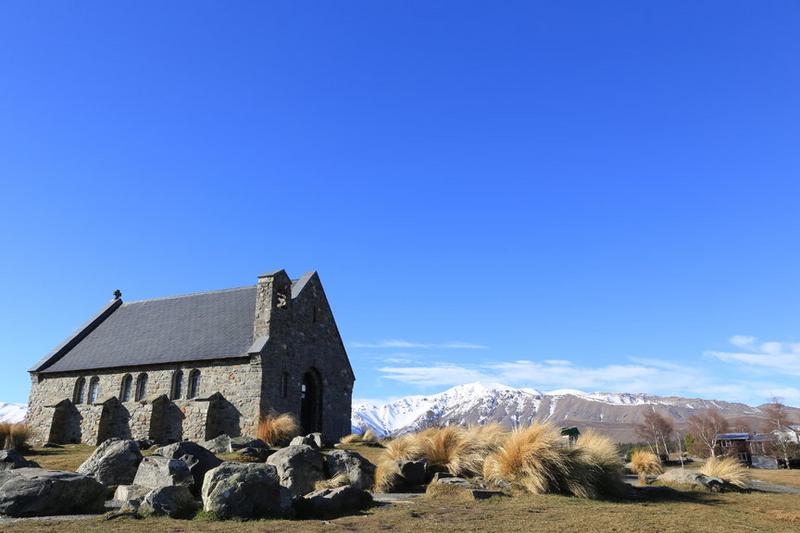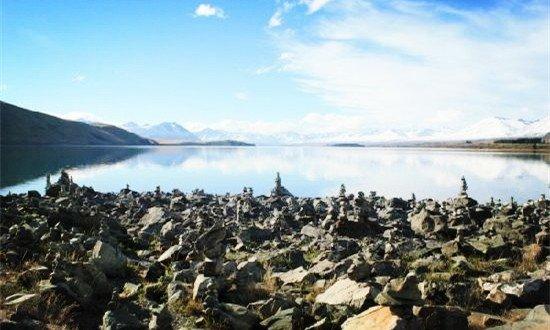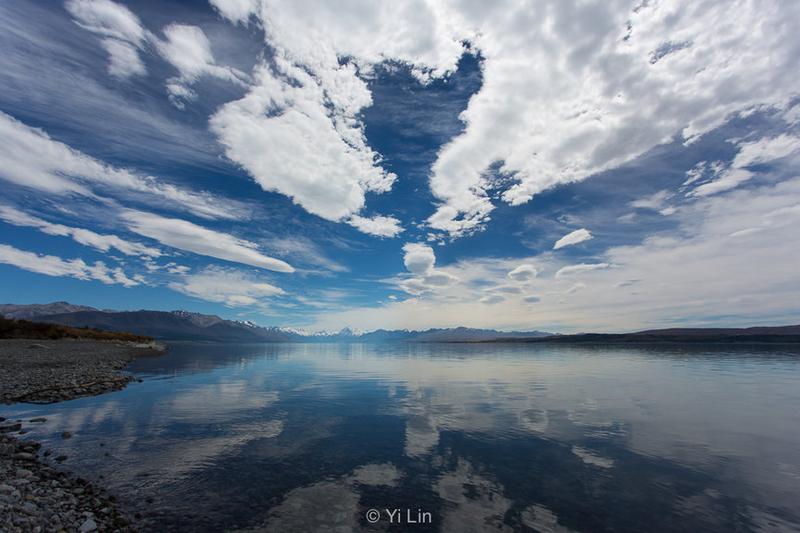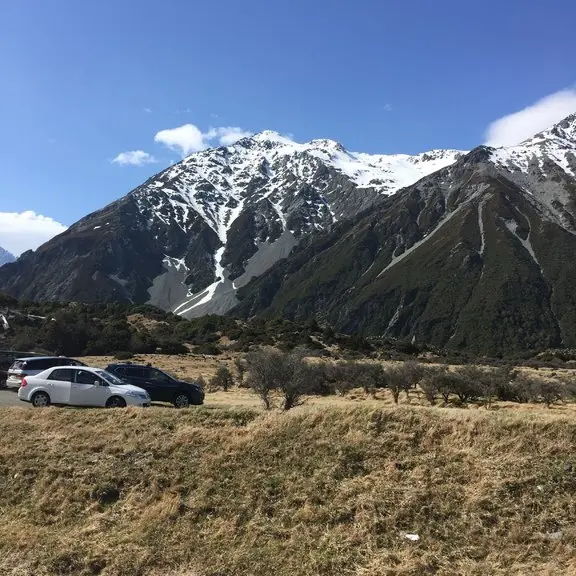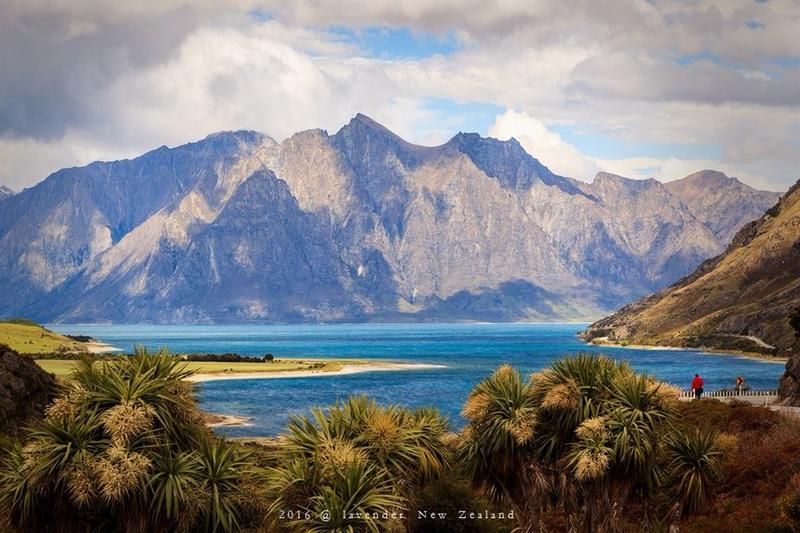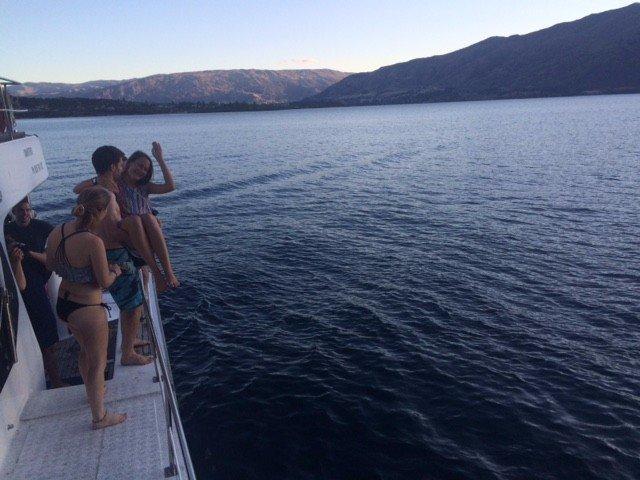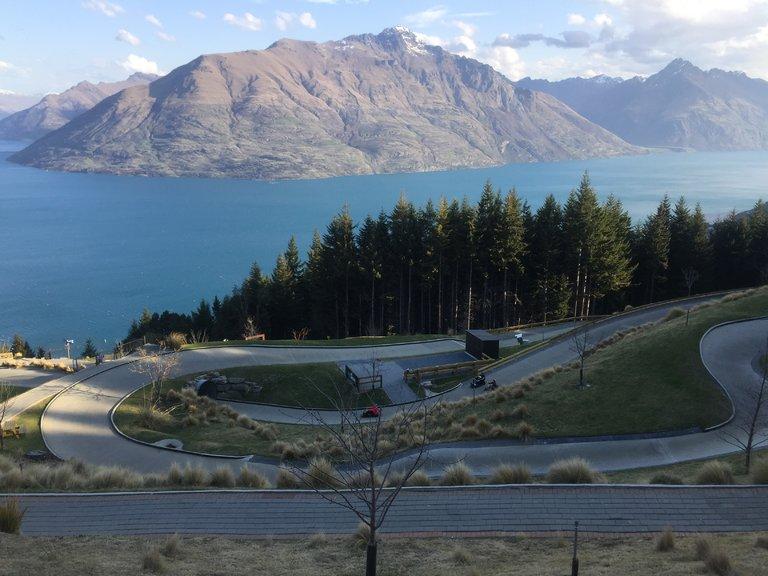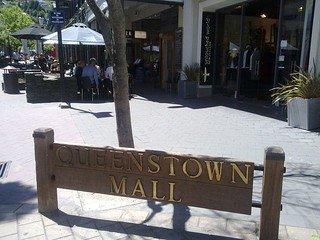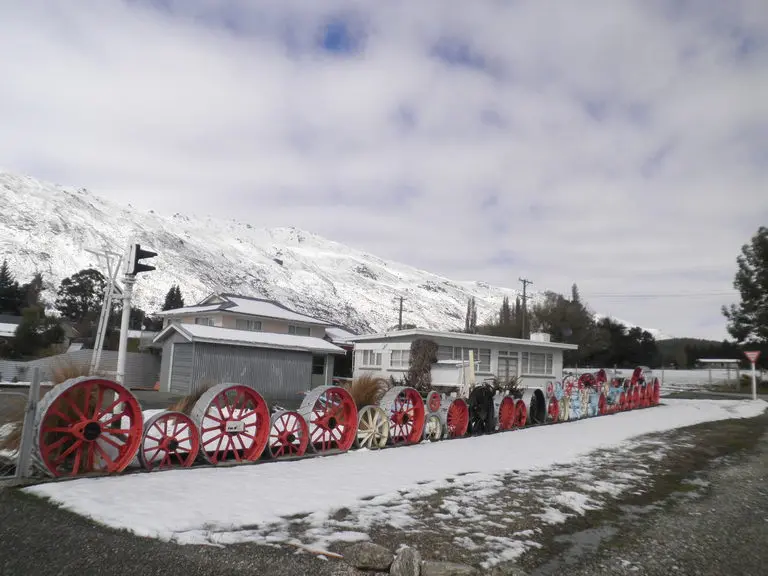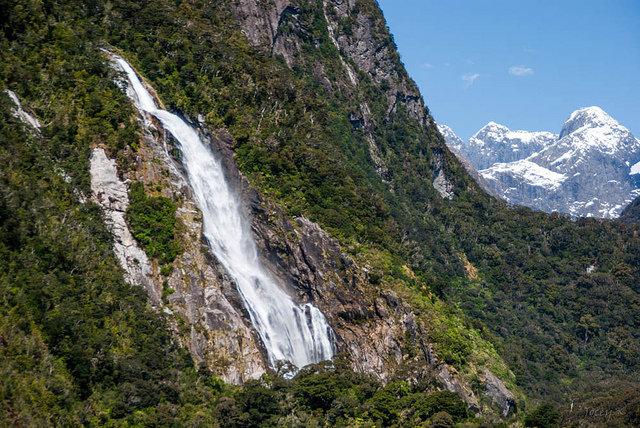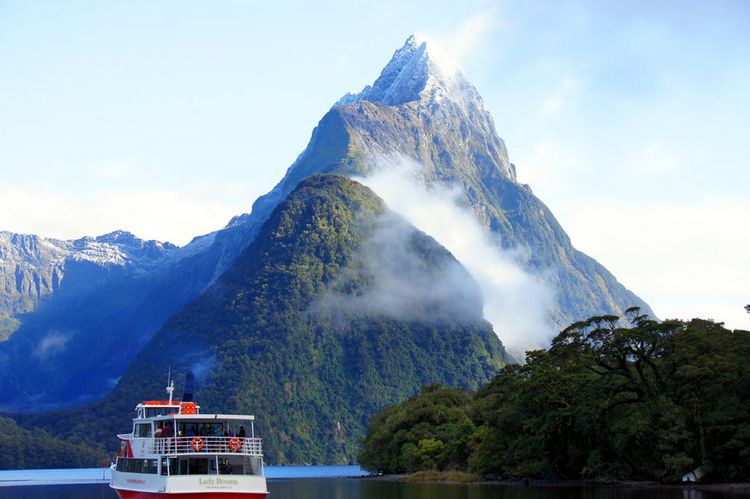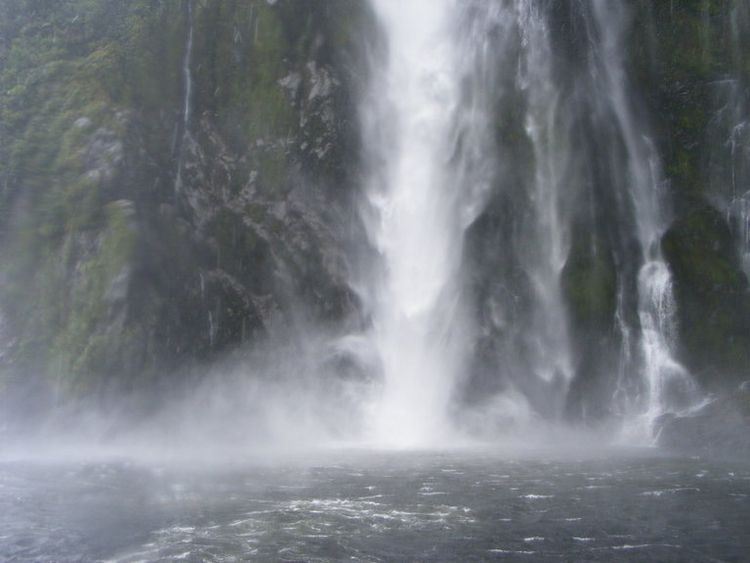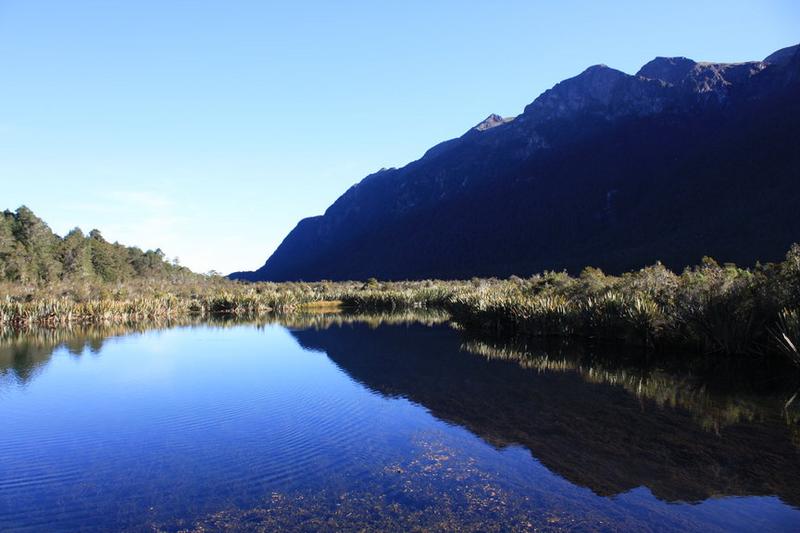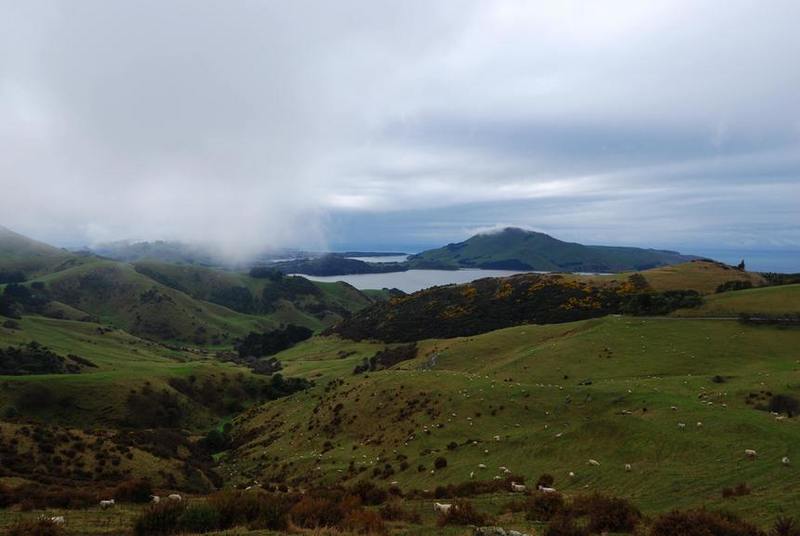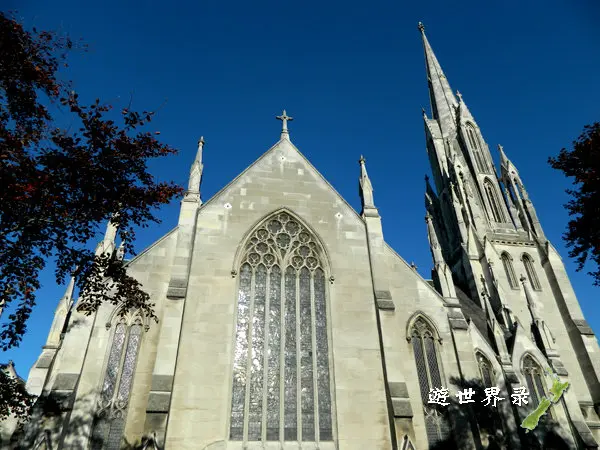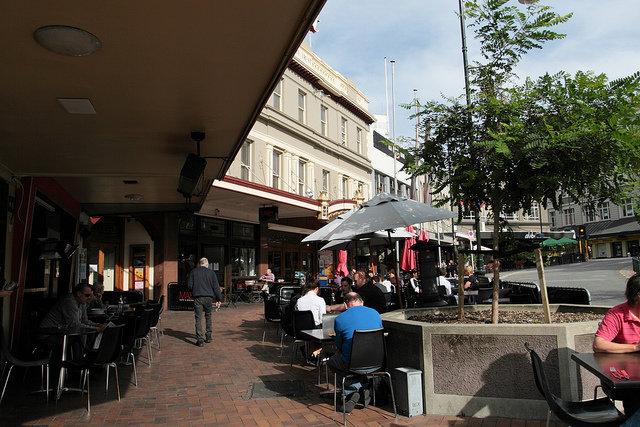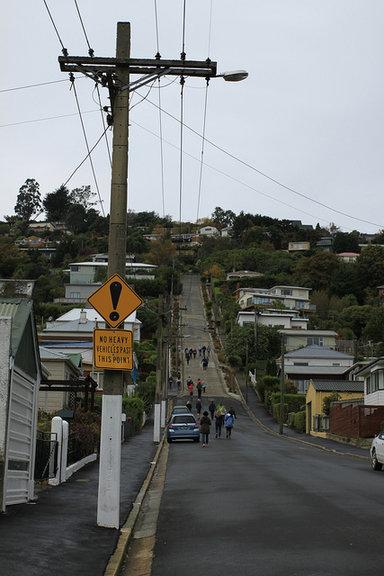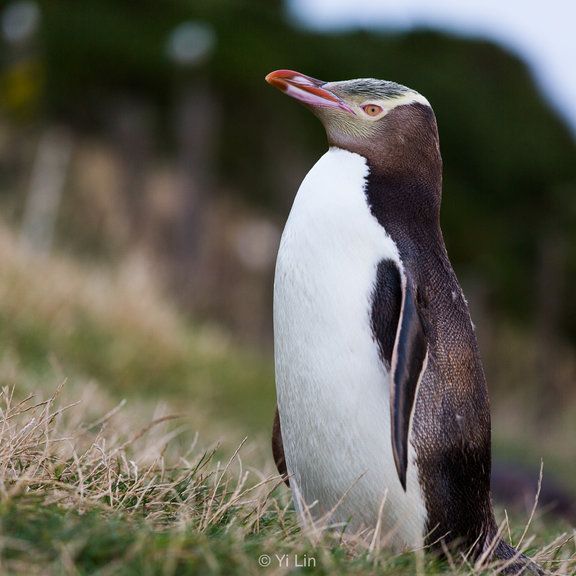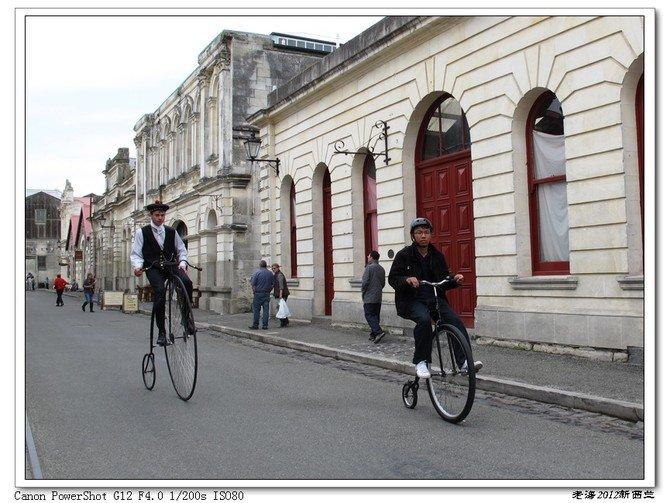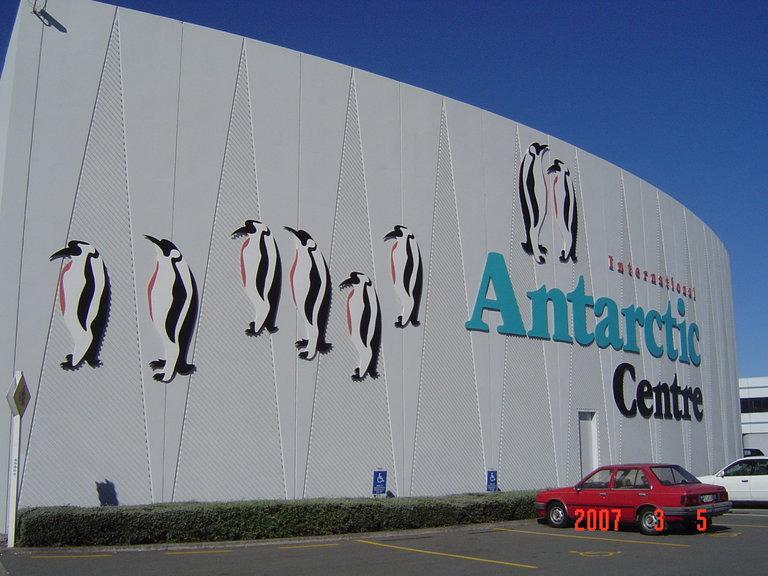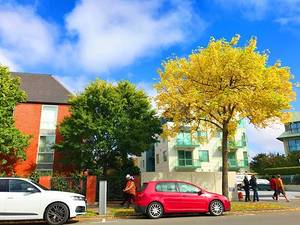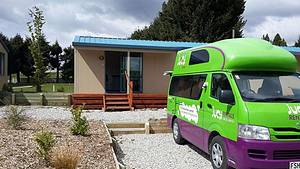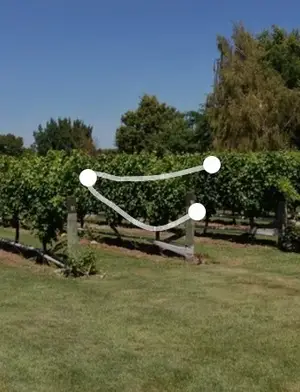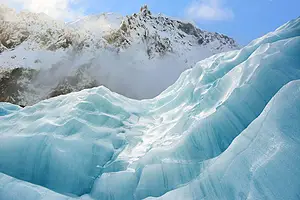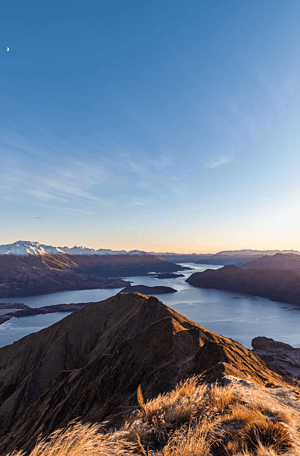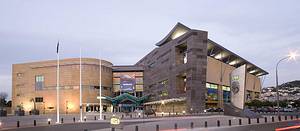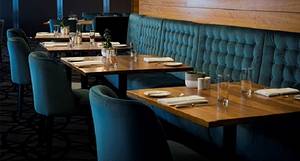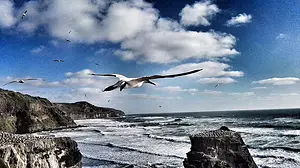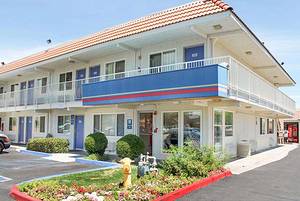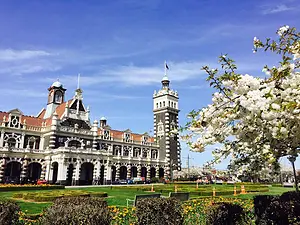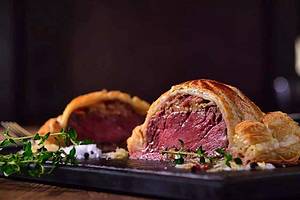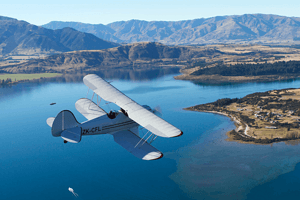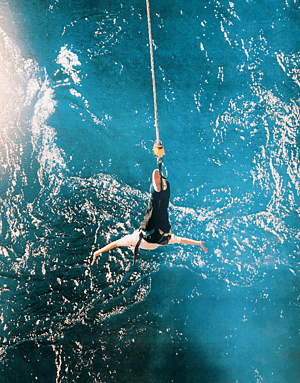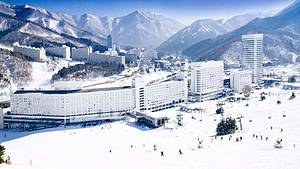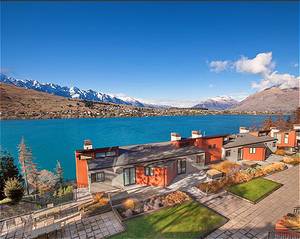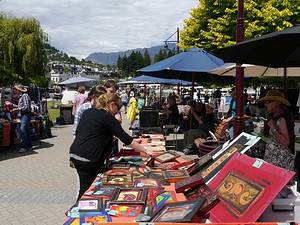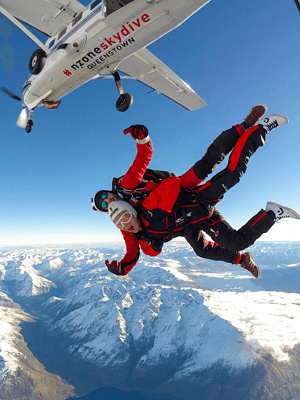10-day South Island Loop in New Zealand
11 cities |
34 attraction(s) |
total distance 860
km
 TIPS
TIPS
Day1
Day2
Day3
Day4
Day5
Day6
Day7
Day8
Day9
Day10
Day1: Christchurch
4 attraction(s) ·
5 km
1
Imagine yourself sitting in a flat-bottomed boat, cruising in the Avon River, with groups of ducks swimming past you. You gaze at the river shimmering with red light under the sunset, and can't help but sigh, how beautiful it is!
1
km
2
The cathedral, located in the city center of Christchurch, was once a landmark building, but it was damaged in the earthquakes in 2010 and 2011. It is still replaced by cold scaffolding instead of the original elegant Gothic spire. Travelers can see the abandoned cathedral after the earthquake through the fence. Although there is still no consensus on whether to rebuild the cathedral, how to rebuild it, or whether to maintain the post-earthquake appearance, Cathedral Square remains a leisure place for the people of Christchurch. The artistic leisure chairs, western-style chessboard, inverted cone sculpture, colorful murals, weekend street performances, and the old tram parked on one side still make this square full of artistic atmosphere.
3
km
3
This 300,000 square meters of green land by the Avon River is undoubtedly the most comfortable and pleasant place in Christchurch. With over ten thousand different plants, the park displays various colors in different seasons, creating a stunning spectacle. Whether it's the elderly, children, couples, or friends, strolling in the botanical garden or having a cup of coffee at the cafe inside the park is the best way to experience this "Garden City." The visitor information center is located between the botanical garden and Canterbury Museum, where any questions can be promptly addressed.
1
km
4
The Canterbury Museum is located in the center of Christchurch, and its exterior is a grand European-style building. The museum has exhibition halls that showcase New Zealand's history, nature, Māori culture, and art, as well as many Antarctic-related themes such as lifelike sculptures of emperor penguins and the Coracle, a lifeboat used by the survivors of a shipwreck on Disappointment Island in 1907. There are also many bird specimens from the South Pacific. Until July 2015, there was a special exhibition called Quake City (admission fee of 10 New Zealand dollars for adults), where you can learn about the impact of several major earthquakes on Christchurch since September 2010 and gain a deeper understanding of the city.
Day2: Kaikoura
3 attraction(s) ·
2 km
1
In today's New Zealand, we go out to sea to watch whales, but the early European settlers in Kaikoura made a living by whaling. The Fyffe House, built 160 years ago, is the first European-style building in Kaikoura. It is famous for its long history and some of its foundations are made of whale bones. These whale bones come from the southern right whales that were hunted and killed in the bay in front of the old house. By visiting this building, you can learn about the lives of the people who once lived here and discover how Kaikoura's past subtly influences the future of the town!
2
km
2
Kaikoura is a gateway to marine wildlife in New Zealand, with over 5,000 New Zealand fur seals living in coastal areas. The seal colony here has also been rated as the third most popular landmark tourist attraction in New Zealand by trip advisor! How do the people of New Zealand harmoniously coexist with the wildlife? Come and experience it firsthand in Kaikoura!
1
km
3
Kaikoura Peninsula Walkway allows you to easily explore the beautiful scenery and various wildlife of Kaikoura Peninsula. You can choose to complete the trail in half a day or a full day. If time is limited, you can choose to spend 25 minutes to the Whalers Bay viewpoint to experience the first part of the trail. At any point along the trail, you can personally experience the magnificent views where the sea meets the mountains. In Kaikoura, the Peninsula Walkway is a must-visit for budget travelers who enjoy photography and hiking.
Day3: Lake Tekapo
3 attraction(s) ·
11 km
1
Church of the Good Shepherd
This church, named Church of the Good Shepherd, was built in 1935 by the renowned architect Benjamin Woolfield Mountford. Its unique Gothic wooden and stone structure is one-of-a-kind in New Zealand. Located on the shores of Lake Tekapo, this beautiful stone church is set against a backdrop of vast scenic mountains and water, making it a popular venue for weddings. It is a famous landmark in New Zealand.
1
km
2
Lake Tekapo is located in the Mackenzie Basin, three hours' drive southwest of Christchurch. The glacial rock flour washed into the lake gives it a rich turquoise color. Take an afternoon stroll with your loved one along the shores of Lake Tekapo, and experience the pure beauty of nature. The gentle breeze, snowy mountains, and starry night sky create a romantic atmosphere. In December, the lake is adorned with colorful lupines, making it a truly romantic destination.
10
km
3
A small hill by Lake Tekapo, with an observatory at the top for stargazing. From the top, you can see Lake Tekapo in milky blue and Lake Alexandrina in sapphire blue. There is a small restaurant on the hill where you can have a cup of coffee and enjoy the peaceful atmosphere.
Day4: Twizel > Mount Cook Village
2 attraction(s) ·
49 km
1
In "The Hobbit: An Unexpected Journey," there is a scene where a group of impressive warg riders chase the dwarf expedition to Rivendell, the Elven Valley. This scene was filmed near Lake Pukaki in the Mount Cook Mackenzie region. During filming, the entire Hobbit crew stayed on nearby farms. After filming was finished, these farms also opened to visitors. By driving to this area and visiting Braemar Station, you can participate in various farm activities: doing farm work, fishing, cycling, or enjoying a peaceful dinner by the lake.
49
km
2
Mount Cook National Park is located in the southeast of the Southern Alps, adjacent to Westland National Park, Aspiring National Park, and Fiordland National Park. The park features nearly 20 mountains over 3,000 meters and 360 glaciers, including Mount Cook at an elevation of 3,753 meters, which is the highest peak in New Zealand, and the Tasman Glacier, which stretches for 27 kilometers and is the longest glacier in New Zealand.
Day5: Twizel > Wanaka
4 attraction(s) ·
220 km
1
Peter Jackson filmed the epic battle of the Pelennor Fields near Twizel in the Mackenzie region - Saruman had cultivated thousands of half-orcs who fought fiercely against Rohan and Gondor on the plain. The vast grassland stretches to the foot of the mountains, just like described in the "Lord of the Rings" books. Although this grassland is privately owned, you can still visit Twizel.
161
km
3
You can see the magnificent scenery of Wanaka town from Lake Wanaka. There are many activities to participate in along the lake and on the lake. Wanaka is a unique place, vibrant and full of a sports atmosphere. Cycling, water skiing, surfing, hiking, running, off-road motorcycling, winter skiing on skis or snowboards, or simply taking a walk around the beautiful lake... these are all activities you can consider.
25
km
4
This is a wonderful world that both adults and children can enjoy. It's a quirky maze world with many visual tricks that make you see things and then not see them again. Even the restroom has a 3D painting effect that gives you a sense of almost falling into a deep illusion. There is also an interesting Roman toilet here - of course, it can't be used for real. The Hall of Following Faces is very interesting. Make sure to move around and try different angles to see different effects. You will be amazed at its wonders. There is also a large wooden maze here. It may take more than 5 kilometers and over an hour to complete it according to the rules. In addition, the café also has many brain teasers and puzzles that both adults and children can play.
Day6: Queenstown
3 attraction(s) ·
3 km
1
Lake Wakatipu, the third largest lake in New Zealand, is shaped like a lightning bolt and offers beautiful scenery. The Dart River flows into the northern end of the lake, while the Kawarau River, originating from Queenstown, merges with it at the lake's outlet. The lake is located in a glacially-formed channel surrounded by high mountains, with Mount Earnslaw being the highest peak at 2819 meters. The towns surrounding the lake include Queenstown, Kingston Village, Glenorchy, and Kinloch. This area is also a popular destination for outdoor activities in New Zealand, and bungee jumping, a world-famous sport, originated here. One of the activities beloved by tourists is taking a cruise on the historic steamship TSS Earnslaw to explore the lake's scenery. In the early 20th century, the Earnslaw primarily transported goods for lakeside farms, but today it is well-preserved and carries tourists to Walter Peak Station to experience the charm of sheep farming. Simply lying by the lake and enjoying the tranquility is already a wonderful experience.
2
km
2
Skyline Queenstown
Queenstown offers endless adventure activities. You and your family can surely feel the excitement here. Take the Skyline Gondola to the mountaintop in just 10 minutes, enjoy the breathtaking 360° views. The Skyline Luge, a unique invention, takes you on a fun and leisurely ride. The 800-meter track is safe and suitable for beginners. Control your ride as you accelerate. After the thrilling ride, take the Luge chairlift back to the starting point and do it all over again. Come and experience the joy of "driving" and enjoy the beautiful scenery along the way.
1
km
3
Queenstown Mall is a famous shopping street in Queenstown. It offers a wide range of goods, including many souvenirs for tourists, as well as various New Zealand specialties such as honey, infant milk powder, skincare products, and more.
Day7: Queenstown > Te Anau > Milford Sound
5 attraction(s) ·
243 km
1
KINGSTON
KINGSTON is a small town located at the southern end of Lake Wakatipu in Queenstown. The distance from Queenstown to Kingston is about 60 kilometers. The scenic drive is definitely worth a visit.
144
km
2
Lake Te Anau is a lake in New Zealand, located in the Fiordland National Park in the southwest of the South Island. It is 55 kilometers long and has an area of 344 square kilometers. It is the second largest lake in the country, second only to Lake Taupo. It has an elevation of 210 meters and a maximum depth of 417 meters.
Lake Te Anau is the largest glacier lake in the southern hemisphere, covering an area of 344 square kilometers. The main body of the lake runs north to south. Three huge arms extend from the west like arms, known as the North Arm, Middle Arm, and South Arm. It is also known as "Te Anau Lake". It is the second largest lake in New Zealand and is located in the mountainous region of the southwest of the South Island, 120 kilometers northwest of Invercargill. The lake is 61 kilometers long, with a maximum width of 9.7 kilometers and an area of 344 square kilometers. The lake has a depth of 276 meters. The Waiau River originates from here. There are many small harbors and bays around the lake. It produces salmon and sturgeon.
99
km
3
Bowen Falls is a permanent waterfall located within the Milford Sound, with a height of 161 meters. It is close to the Milford Sound wharf.
1
km
4
Mitre Peak, with an elevation of 1682 meters, is also known as the Bishop's Crown Peak. It is one of the tallest peaks in the world that rises directly from the sea floor, and it gets its name because the peak resembles a bishop's crown. Mitre Peak is one of the most featured and promoted landmarks in scenic photography and tourism.
1
km
5
Sterling Falls is 155 meters high and located in Milford Sound. A boat cruise is required to see it.
Day8: Te Anau
1 attraction(s) ·
0 km
1
Fiordland National Park is one of the most beautiful and vibrant areas in New Zealand. It is located in the southwestern tip of the South Island, adjacent to the Tasman Sea. It was established as a protected area in 1904, designated as a national park in 1952, and became a UNESCO World Heritage Site in 1990. It is one of the largest national parks in the world, featuring hundreds of meters high waterfalls, ancient rainforests, and granite peaks. It is also known as the "City of Jade" due to its production of the valuable mineral resource "greenstone".
The Waiau River between Te Anau and Manapouri is the Anduin River in the film, and the Fellowship of the Ring travels south along this river from Rivendell. The towering mountains surrounding it represent the harsh environment of the southern region of Lórien depicted in the film. The Takaroa Road is close to Te Anau, and the Fangorn Forest in the film is inspired by the scenery on both sides of the road. The scene of Aragorn walking through the forest was filmed using a remote-controlled camera attached to a high wire. If you want to explore the Fangorn Forest, you can inquire about the route to Takaroa Road. In Te Anau, you can take a jet boat tour on the Waiau River, admire the misty mountains on a cruise in the magical fjords, or experience the breathtaking scenery along the Kepler Track.
Day9: Dunedin
5 attraction(s) ·
31 km
1
The Otago Peninsula is located east of Dunedin and features beautiful beaches and headlands where you can get up close to penguins, albatrosses, dolphins, seals, and fur seals. The scenery in the area is unparalleled.
25
km
2
The First Church in Dunedin was built in 1862 and is New Zealand's first church. It was open for worship on November 23, 1873, and underwent extensive repairs in 1991-1992. The church was designed and built by the renowned architect and devout Christian, Robert Arthur Lawson, in a Gothic style. It features numerous spires clustered together as decorations, giving the church's tower the appearance of a crown. The main tower is 56 meters high and dominates the skyline around the square, visible from the center of the square. The interior of the church, including the porch, bell tower, nave, pulpit, sanctuary, organ, St. Andrew's vestibule, windows, carpeted Moray Hall, and exterior, all have their own unique characteristics.
1
km
4
The oldest university in New Zealand was established in 1869. The clock tower of the university's registry building is also a landmark in the city of Dunedin. The architecture is modeled after the main building of the University of Glasgow in Scotland, constructed with contrasting dark basalt and light Oamaru stone. The campus is open to visitors and guided tours are available.
3
km
5
This slope with a 19-degree incline is a must-visit street for every tourist in Dunedin. If you have good driving skills and powerful brakes, you can drive up to the top and enjoy the thrill of racing downhill, just like a roller coaster. Of course, most people choose to walk up and capture various interesting photos. In February, there's a Gutbuster race here, and in July, Cadbury World will roll down ten thousand chocolate blocks from the top of the street for everyone to enjoy for free. It's both joyful and delicious.
Day10: Oamaru > Christchurch
4 attraction(s) ·
301 km
1
This is a very famous tourist attraction in the South Island of New Zealand. Moeraki Boulders are located between Oamaru and Dunedin, 38 kilometers from Oamaru, about a half-hour drive. Scientifically, these boulders are concretions of calcite formed around 65 million years ago. Calcium and carbonate in the presence of charged particles slowly crystallized to form the boulders, a process that took approximately four million years, similar to the formation of pearls. The mudstone containing the boulders emerged from the seabed around 15 million years ago. The waves, wind, and rain gradually excavated them one by one. You can imagine them as turtle shells or cracked eggs, and they can be arranged in various shapes to capture interesting photos.
38
km
2
In the 19th century, as the most important harbor in the South Island of New Zealand, Oamaru began to construct many offices of large banks and import/export companies using limestone. These buildings are adorned with classical and exquisite patterns, famous for their elegance. Most of them have now been converted into cafes, art galleries, and shops, forming the Oamaru Victorian Precinct, which is ideal for sightseeing and photography. The precious wealth left behind from the 19th century has earned Oamaru the reputation of "The Whitestone City". Every mid-November, the Victoria Festival is held here, which is one of the grandest and most famous festivals in the South Island and even all of New Zealand.
252
km
3
The Cardboard Cathedral is located in Christchurch, New Zealand. It is a transitional Anglican church and was opened in August 2013. It was designed by Japanese architect Shigeru Ban, who won the Pritzker Architecture Prize in 2014. The cathedral can accommodate up to 700 people. The altar stands at over 21 meters (69 feet) and is made of materials including cardboard tubes with a diameter of 60 centimeters (24 inches), wood, and steel. The roof is made of carbon fiber and eight shipping containers.
12
km
4
This is a complex of buildings near the main station at the airport, established for managing Antarctic research projects for New Zealand, the United States, and Italy. It is also a science museum and knowledge center that children will love. Here, you can learn about the history and geology of Antarctica, as well as see specimens collected underwater. A highlight is the "Antarctic Storm Chamber," which allows you to experience the cold of the icy continent firsthand. Inside the center, you can also take a Hagglund Ride, an off-road adventure experience.
